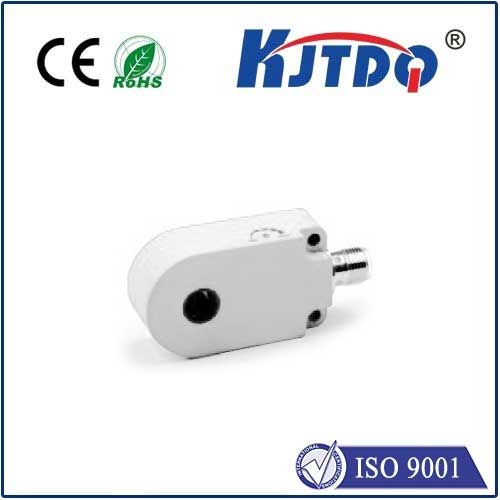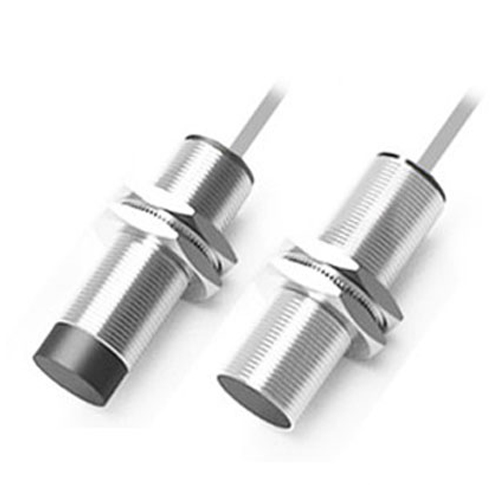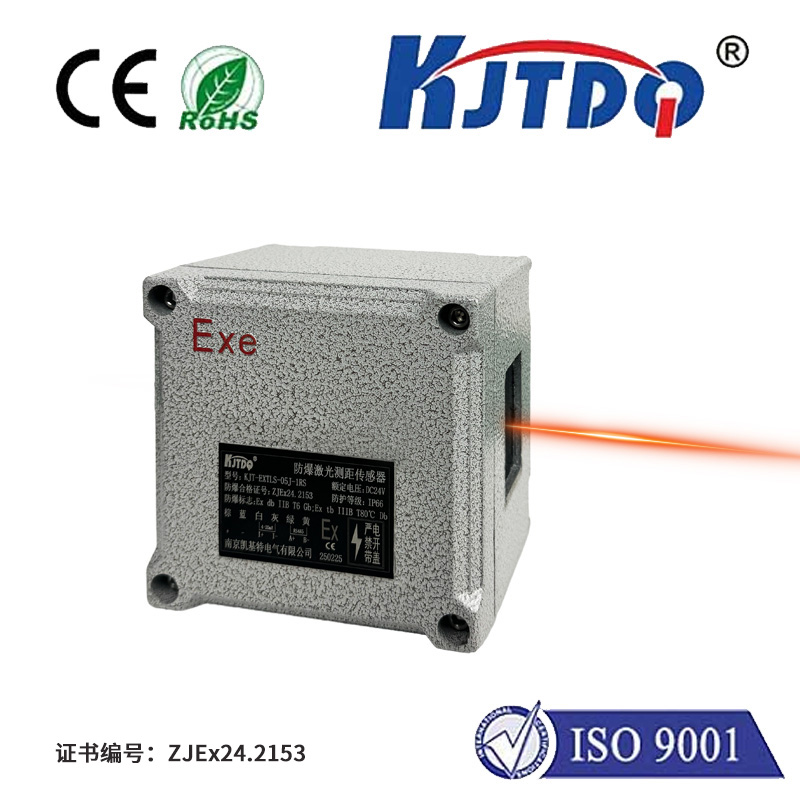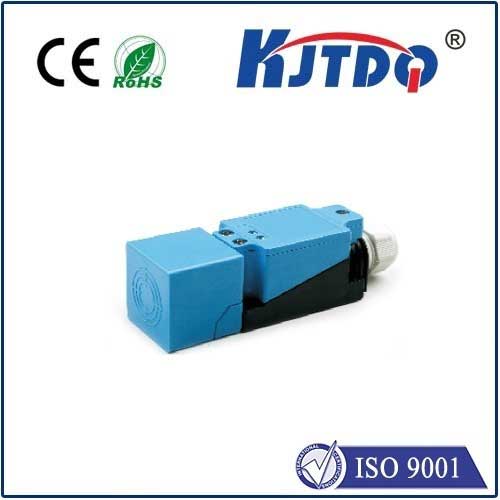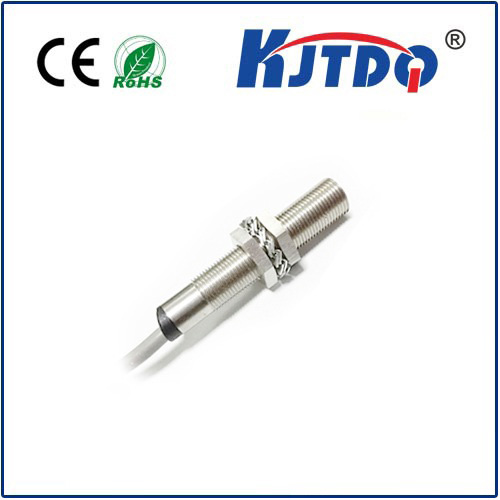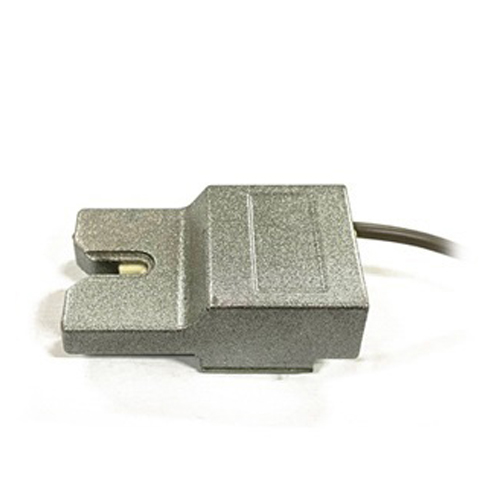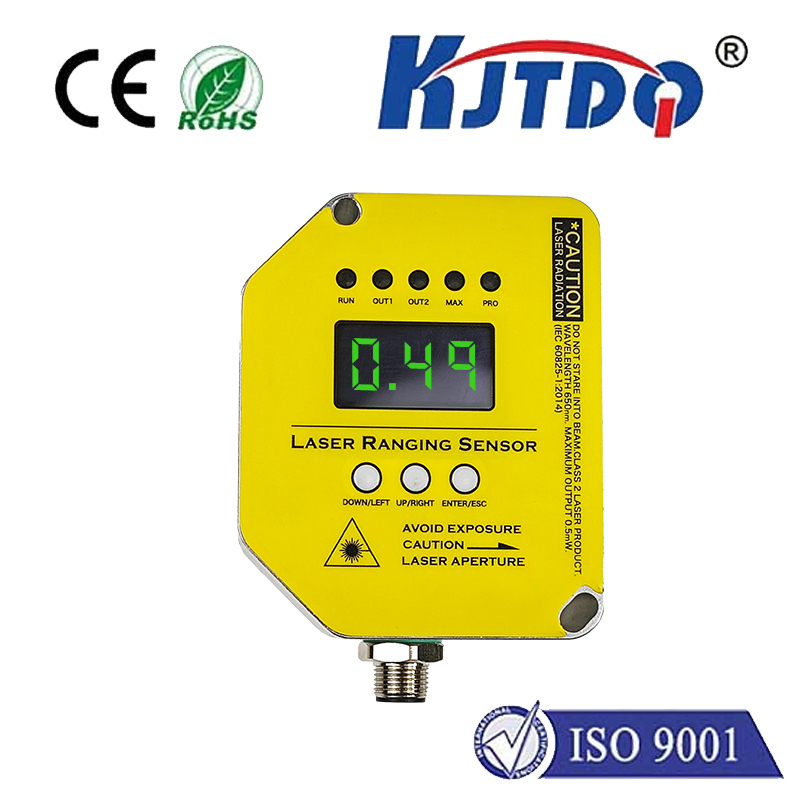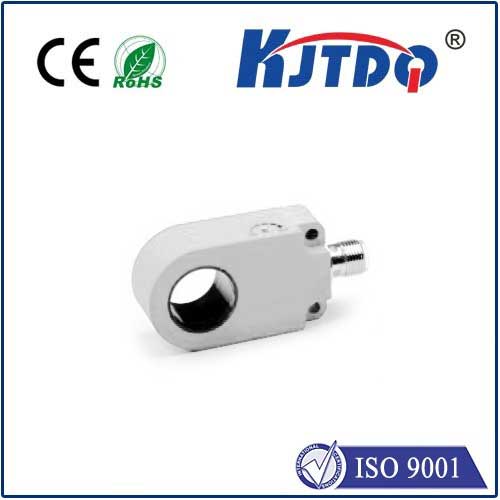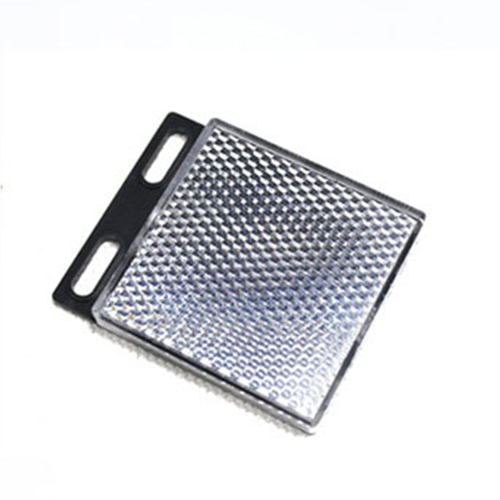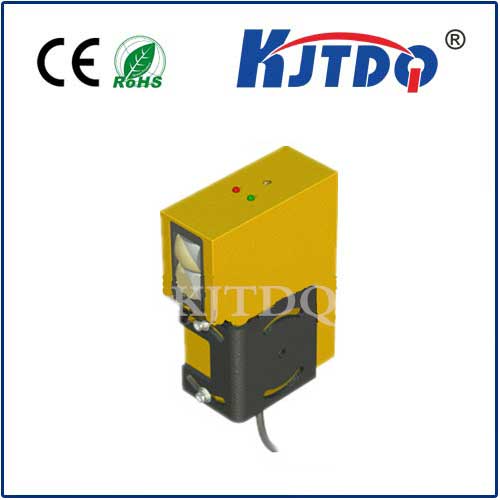

check

check

check

check
Non-ferrous proximity sensors, also known as magnetic proximity sensors (MPS), have gained significant attention in recent years due to their numerous applications in various industries. These sensors use a unique technology that relies on the interaction between two magnetic fields to detect the presence or absence of an object. In this article, we will explore the advancements made in non-ferrous proximity sensor technology and their potential uses in different industries.
Section 1: The Evolution of Non-Ferrous Proximity Sensors
The concept of proximity sensors can be traced back to the early 20th century when researchers began exploring the relationship between electromagnetic fields and the behavior of metal objects. However, it was not until the development of non-ferrous materials such as stainless steel and aluminum that practical proximity sensors became possible.
In the early days, non-ferrous proximity sensors were limited by their sensitivity and accuracy. However, with advancements in materials science and microelectronics, modern non-ferrous proximity sensors have become much more reliable and efficient. These sensors are now able to detect objects with high precision, making them ideal for a wide range of applications.
Section 2: The Application of Non-Ferrous Proximity Sensors in Different Industries
Non-ferrous proximity sensors find widespread use in various industries due to their ability to detect the presence or absence of objects with high accuracy. Some of the key applications include:
1. Automotive Industry: Non-ferrous proximity sensors are used in car safety systems, such as collision avoidance systems and lane departure warning systems. They help detect whether there is an object in front of the vehicle or if it is about to swerve out of control.
2. Manufacturing Industry: In manufacturing plants, non-ferrous proximity sensors are used to detect the presence of equipment or machinery. This helps prevent accidents and ensures that machines are running smoothly.
3. Healthcare Industry: Non-ferrous proximity sensors are used in medical devices such as blood glucose monitors and heart rate monitors. They help track changes in blood sugar levels or heart rate without requiring manual input.
4. Security Industry: Non-ferrous proximity sensors are used in security systems to detect intruders or unauthorized access. They help monitor areas such as entrances, exits, and sensitive documents rooms.
These are just a few examples of how non-ferrous proximity sensors are being utilized in different industries. As technology continues to evolve, we can expect even more innovative applications in the future.
